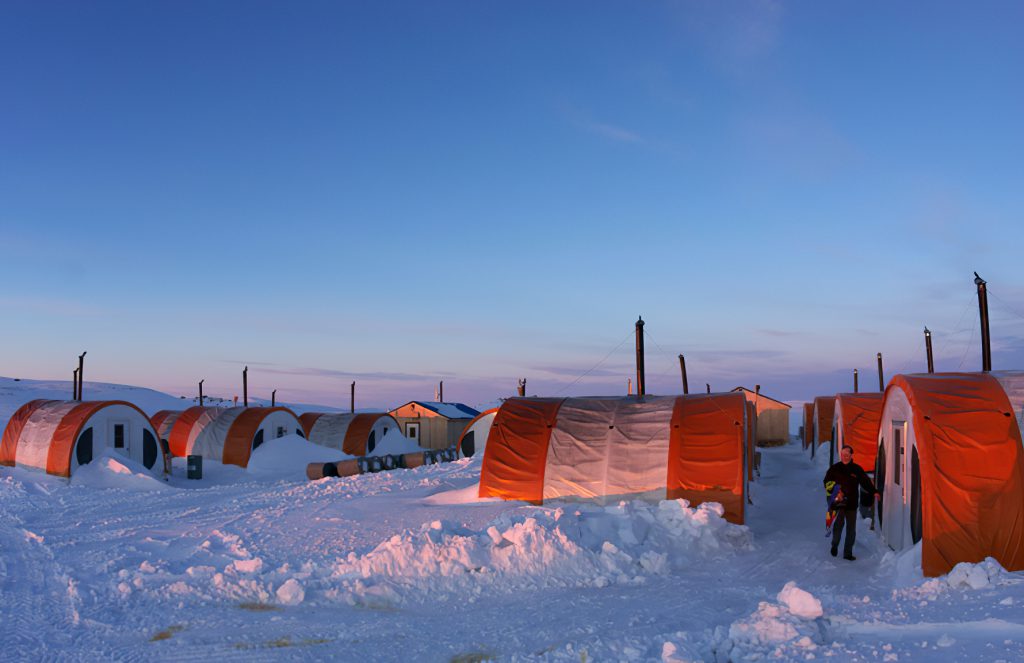Imperial Mining drills 92.5 metres of 291 g/t scandium at Crater Lake, Quebec

Imperial Mining Group Ltd. [IPG-TSXV; IMPNF-OTCQB] reported assays from the first four holes for the 100%-owned Crater Lake scandium-niobium, rare earths project 1,080 km northeast of Quebec City, Quebec, definition drilling program on the TG scandium mineralized zone.
Assay results have confirmed the substantial intersection widths of scandium-bearing olivine ferrosyenite reported on April 7, 2021. The drilling is currently completing the 11th hole of the program which continues toward collecting sufficient drill data to undertake a NI 43-101 preliminary resource estimate of the zone by this June.
Highlights
Assay results from the first four drill hole continue to return impressive grades of 92.5 metres (303.4 feet) grading 291 g/t scandium oxide (Sc2O3), including 51.3 metres (168.3 feet) grading 344 g/t Sc2O3 and 80.2 metres (263.1 feet) grading 287 g/t Sc2O3, including 325 g/t Sc2O3 over 34.5 metres (113.2 feet).
Elevated levels of total rare earth oxides plus yttrium (TREO plus Y) of up to 0.42% characterize the scandium-bearing horizon.
At a gold price of US$1,750/ounce and a scandium oxide price of US$1,250/kilogram, the intersections represent a gold-equivalent value of 6.5 to 8.0 g/t gold.
“The winter drilling results for the Crater Lake property continue to exceed all expectations, as they confirm wide intervals of scandium and TREO+Y at the TGZ target,” said Peter Cashin, Imperial’s president and CEO. “Drilling has now defined the zone on 50-metre sections between sections 350N and 600N and mineralization has been traced by drilling over 600 metres in total strike length from surface to a vertical depth of up to 200 metres. Importantly, the zone appears to get wider and higher grade with depth.”
To date, 10 drill holes for 1,403.7 metres have been completed. All drill holes have intersected the target mafic intrusive host rock. The drilling indicates that the TG scandium zone is doubly dipping between 830 west to 700 east, with a north-northeast strike direction. The widths of the mineralized zone vary between 55 and 135 metres (180 to 443 feet) in true thickness. Mineralization is open at depth below the 200-metre vertical level and along strike and appears as a thickening, conical-shaped body in cross-section.
